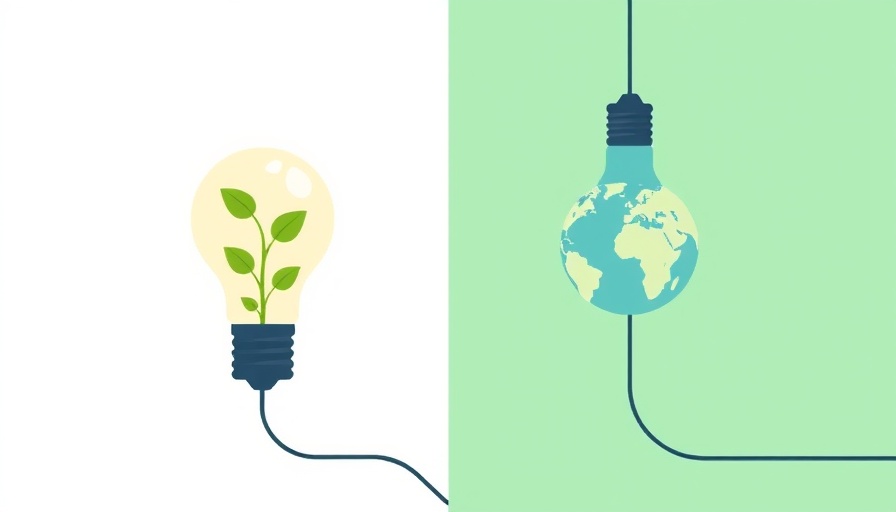
The Hidden Environmental Impact of Artificial Sweeteners
As global awareness increases regarding the environmental impact of various human activities, recent research unveils a concerning trend: artificial sweeteners, commonly found in products we consume daily, are polluting our ecosystems in much the same way as notorious environmental culprits like PFAS (Per- and Polyfluoroalkyl Substances). This revelation comes from a comprehensive study conducted by researchers at the University of Technology Sydney, which examined wastewater treatment plants and river systems in 24 countries.
Understanding Artificial Sweeteners and Their Usage
Artificial sweeteners are often marketed as healthy sugar substitutes, used in a variety of food products, from diet sodas to toothpaste, allowing consumers to enjoy sweetness without the calories associated with natural sugars. However, their very design to resist digestion means they pass through our bodies largely unchanged, leading to an accumulation in wastewater. Once these compounds enter the treatment systems, they are not always adequately filtered out, meaning they can leak back into our water systems.
A Parallel Crisis: The PFAS Conundrum
Similar to PFAS—widely referred to as “forever chemicals” due to their resistance to breaking down—artificial sweeteners linger in the environment long after their use. The most common of these synthesized sugars, including sucralose, acesulfame K, saccharin, and cyclamate, demonstrate alarming chemical stability, allowing them to not only survive conventional water treatment processes but also to persist in natural water bodies. Professor Qilin Wang, an expert in environmental technology, warns that the ramifications for aquatic ecosystems could be dire if we do not address both sources of pollution.
Global Hotspots of Pollution
The research noted that the highest concentrations of these artificial sweeteners were found in the United States, Spain, India, and Germany. As they accumulate, they pose risks not just to aquatic life but also potentially to human health. The relationship between these sweeteners and serious health concerns, including diabetes and cardiovascular problems, adds another layer of urgency regarding their environmental impact.
Call for Action: Stricter Regulations and Better Technologies
As the evidence mounts, experts emphasize the need for ongoing monitoring of wastewater and tighter regulations governing the use of artificial sweeteners. Advanced water purification technologies could be integral in effectively eliminating these persistent contaminants. Without intervention, both artificial sweeteners and PFAS may continue to jeopardize ecosystems globally, impacting the food chain and human health alike.
Community Engagement: How You Can Make a Difference
For environmentally conscious individuals, understanding the profound effects of these substances is critical. Communities can advocate for sustainable practices, including supporting local legislation aimed at reducing the use of artificial sweeteners in consumer products. Educating oneself and others about these hidden dangers allows citizens to make informed choices at the grocery store, perhaps opting for natural sweeteners or products that consciously avoid these substances.
Conclusion: A Dual Crisis on the Horizon
The evidence linking artificial sweeteners to significant environmental impacts parallels current global discussions on PFAS and underscores the complexity of our modern diets. As consumers, we possess the power to influence market trends through our purchasing decisions. As awareness grows about the potential hazards linked to artificial sweeteners, there may soon be a shift towards greater transparency in food labeling and accountability among manufacturers.
 Rij toevoegen
Rij toevoegen






 Rij toevoegen
Rij toevoegen



Write A Comment